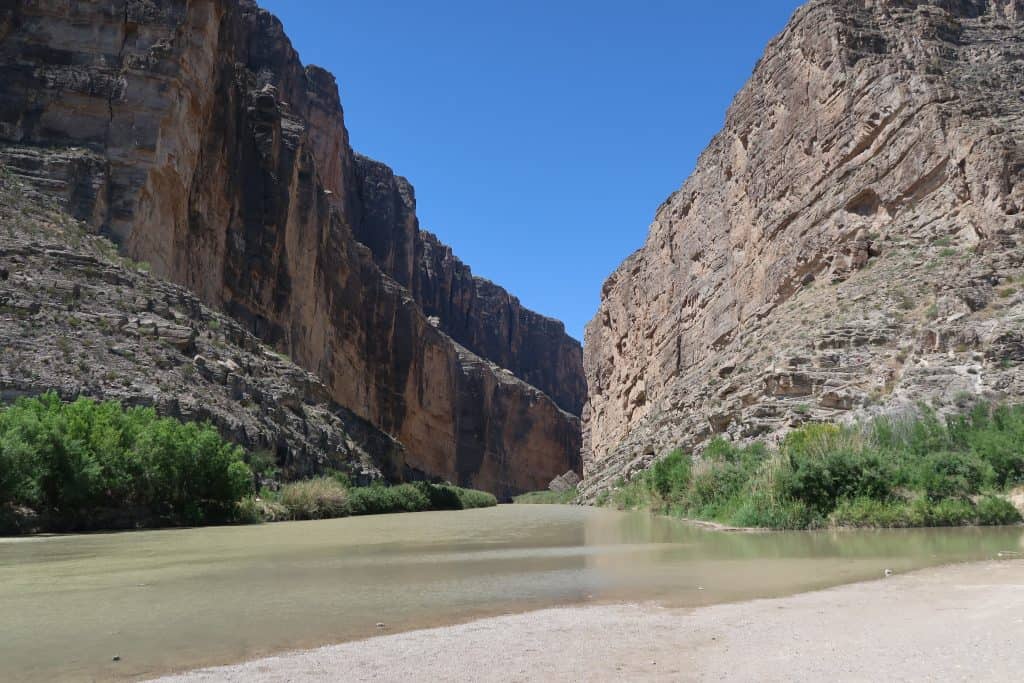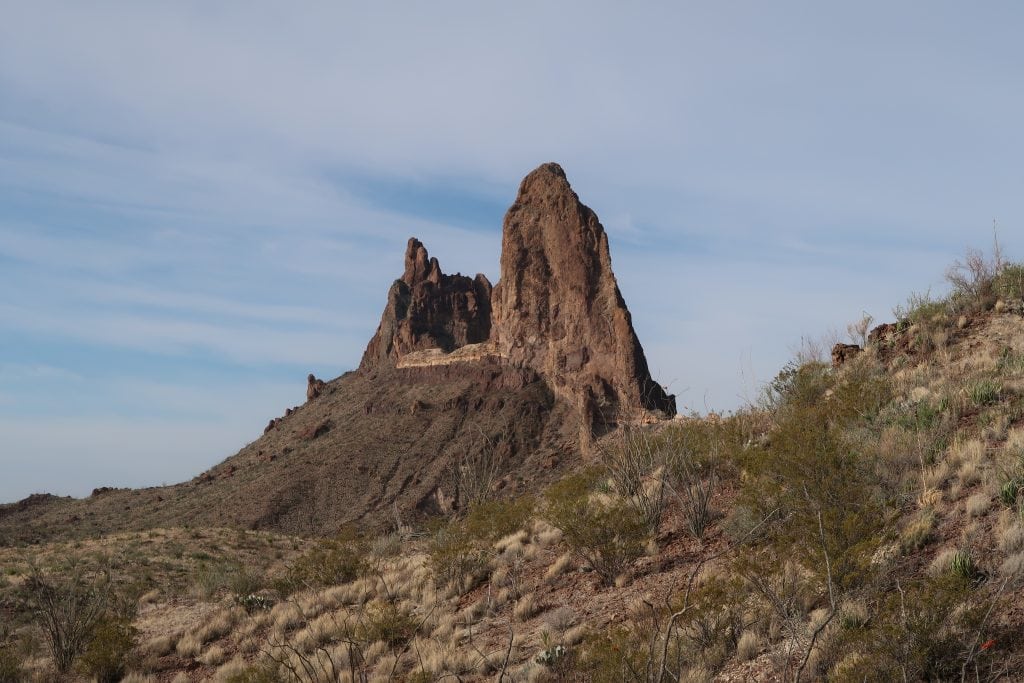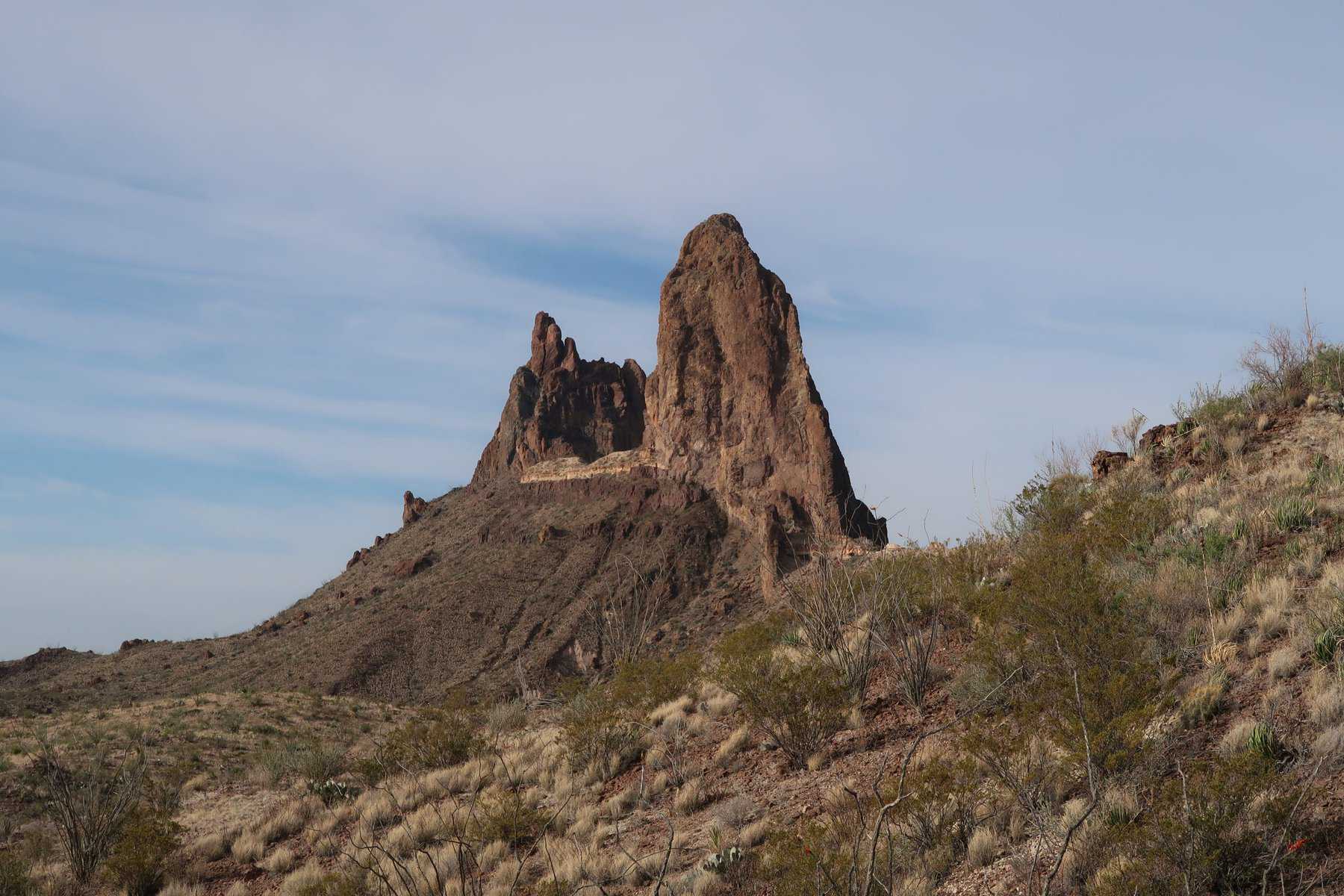Texas is home to two major national parks that offer visitors a glimpse into the state’s rich geological history. Big Bend and Guadalupe Mountains National Parks are both located in southwestern Texas and are known for their stunning landscapes and natural wonders. We will explore the geological history of these two national parks and how they came to be the natural wonders that they are today.
Big Bend National Park
Big Bend National Park is known for its rugged mountains, vast desert terrain, and winding Rio Grande river. The park is located in the Chihuahuan Desert and covers over 800,000 acres. The geological history of the park is complex and dates back over 500 million years. The park offers stunning examples of formations from three major geological time periods: the Paleozoic, Mesozoic, and Cenozoic.
The Paleozoic era is represented by limestone formations that can be found throughout the park. The limestone was formed from the remains of ancient marine creatures that lived in the region over 300 million years ago. The famous, Santa Elena Canyon is an example of the limestone formations:

The Mesozoic era is represented by volcanic rocks that can be found in the Chisos Mountains. The volcanic activity that formed these rocks occurred over 100 million years ago. Visitors will be stunned by the red-colored rocks of the Chisos. It is a vastly different scene from the lowlands and canyons of Big Bend.

Finally, the Cenozoic era is represented by sedimentary rocks that can be found in the park’s basins. These rocks were formed from the erosion of older rocks and are relatively young, dating back only a few million years.
One thing is evident: Big Bend’s geologic diversity makes it a great classroom for any learner. Be sure to engage with the exhibits at the visitor centers for excellent representations of the park;s geologic history!
Guadalupe Mountains National Park
Guadalupe Mountains National Park is known for its towering mountains and unique geological features. The park covers over 86,000 acres and is located in the Chihuahuan Desert. The geological history of the park dates back over 250 million years and is marked by a series of ancient seas and volcanic activity.
The park’s mountains were formed during the Permian period, which occurred over 250 million years ago. During this time, the region was covered by a shallow sea. Over millions of years, the sediments from the sea floor were compressed and uplifted, forming the mountains that we see today. The park is also home to numerous caves, many of which were formed from the dissolution of limestone by acidic groundwater.

The geological histories of Big Bend and Guadalupe Mountains National Parks are complex and date back hundreds of millions of years. The parks are home to a variety of geological formations, including limestone, volcanic rocks, and sedimentary rocks.
As a national parks lover, you may be surprised by the differences amongst the mountain ranges, even as close in proximity as Big Bend and Guadalupe Mountains! When shown pictures, side-by-side, the rock color and patterns make them clearly distinguishable from each other.
The towering mountains and unique geological features of these parks are a testament to the power of natural forces over time. Whether you’re a geology enthusiast or simply interested in learning more about the natural wonders of Texas, a visit to these two national parks is a must-see.
Geological Wonders of the Surrounding Area
We never visit Guadalupe Mountain National Park on its own. This special park is well-situated with great proximity to our beloved Big Bend, but it is also a stone’s throw from Carlsbad Caverns National Park. You absolutely should NOT miss your chance to visit this epic cavern. Find out everything you need to know for a great underground adventure!
Another family-favorite a couple of hours down the road is White Sands National Park. This park is full of fascinating geological history, but it is also a natural “fun zone” for kids of all ages!
Be sure to visit Carlsbad Caverns and White Sands during your journey to Guadalupe Mountains National Park!
For more information about Big Bend National Park, check out THIS POST and THIS POST. If you would like to support Big Bend, consider joining the Big Bend Conservancy. And, to plan a visit to Guadalupe Mountains National Park, visit the website HERE.

